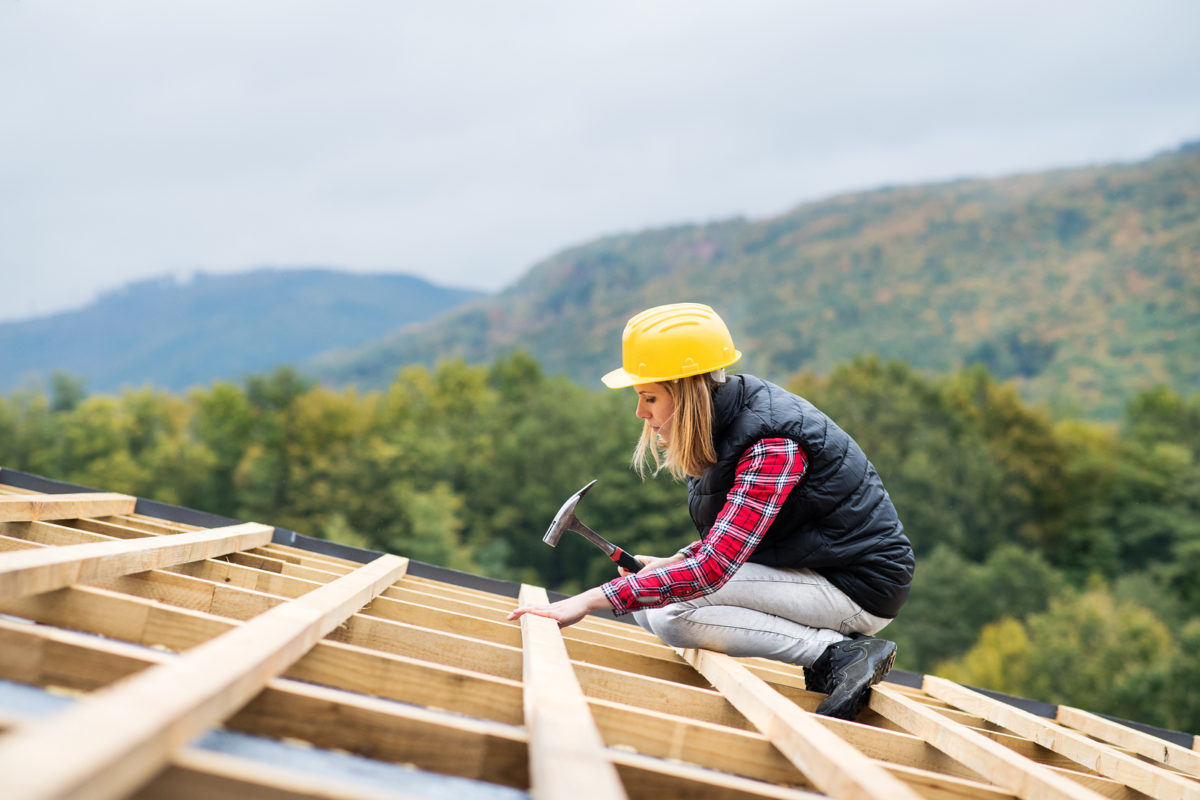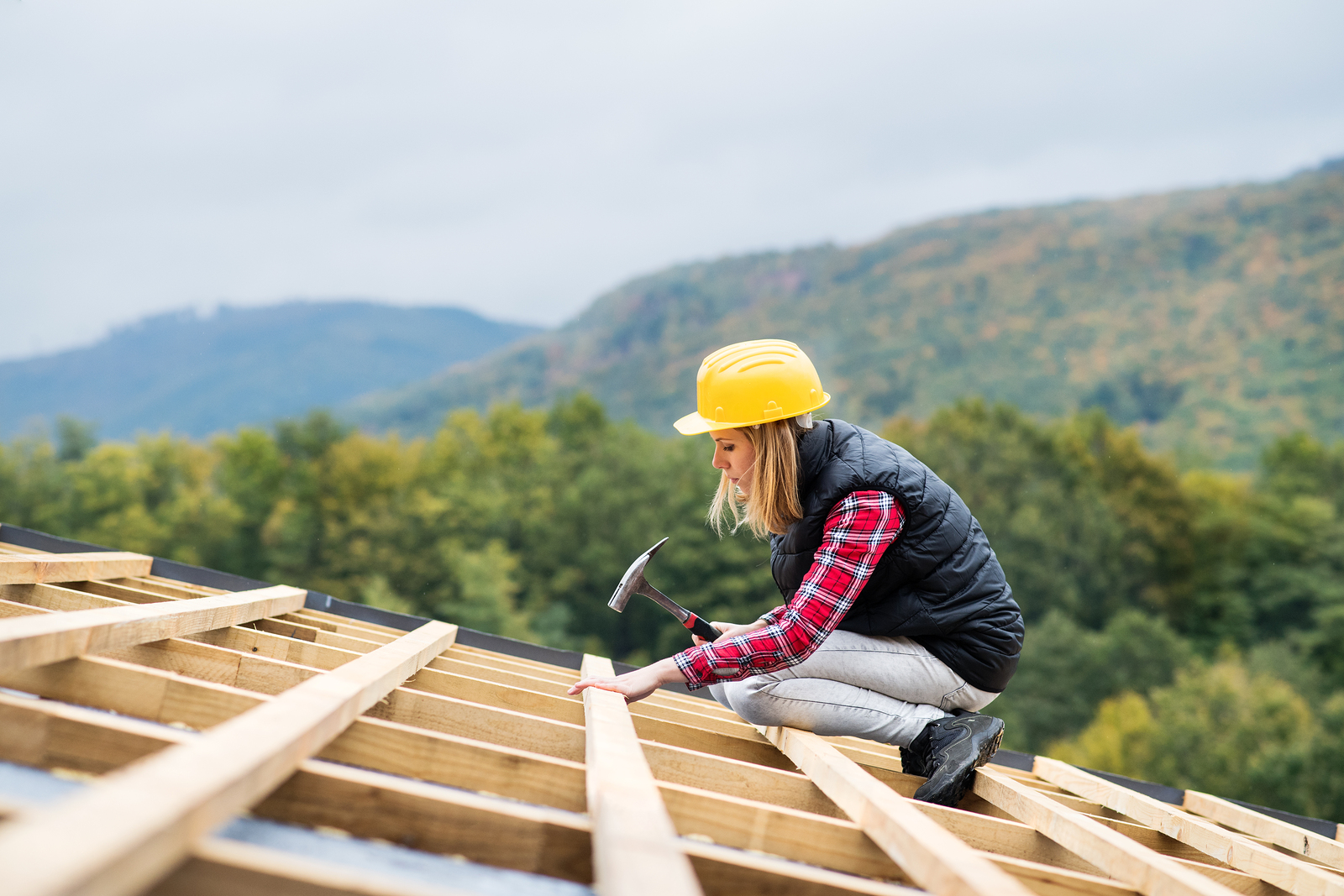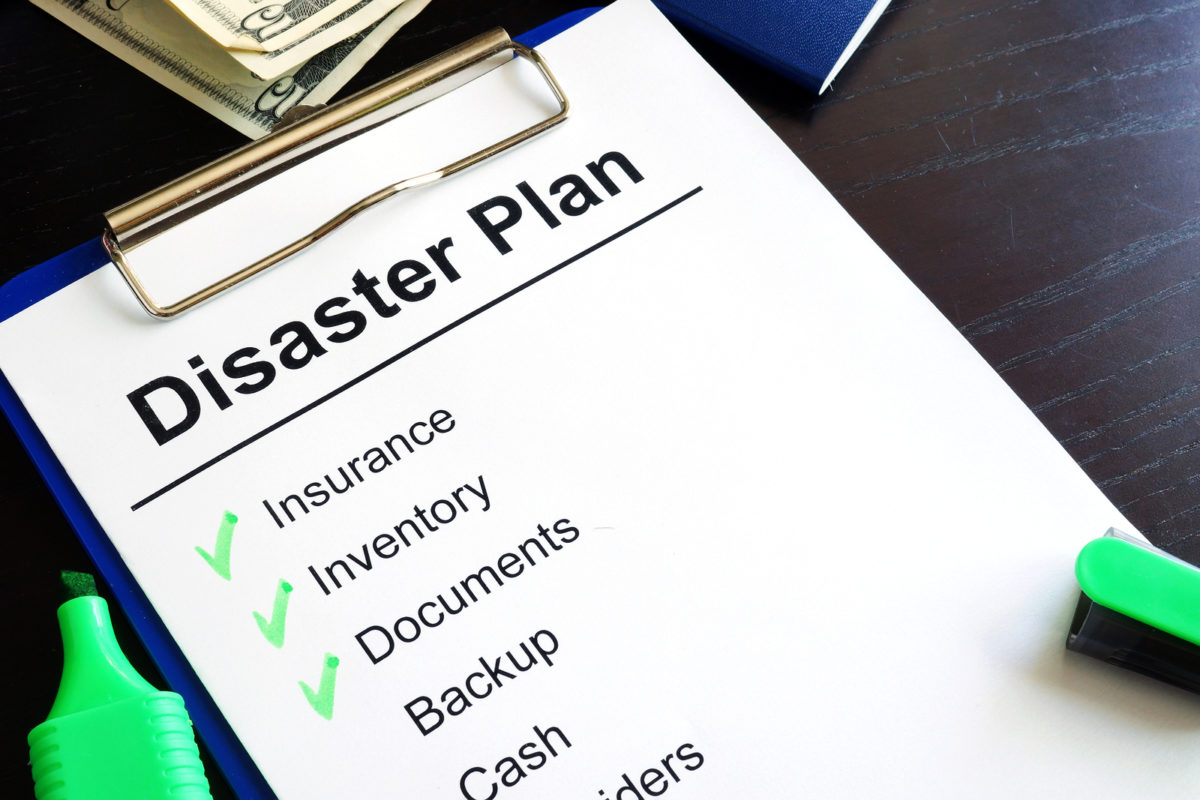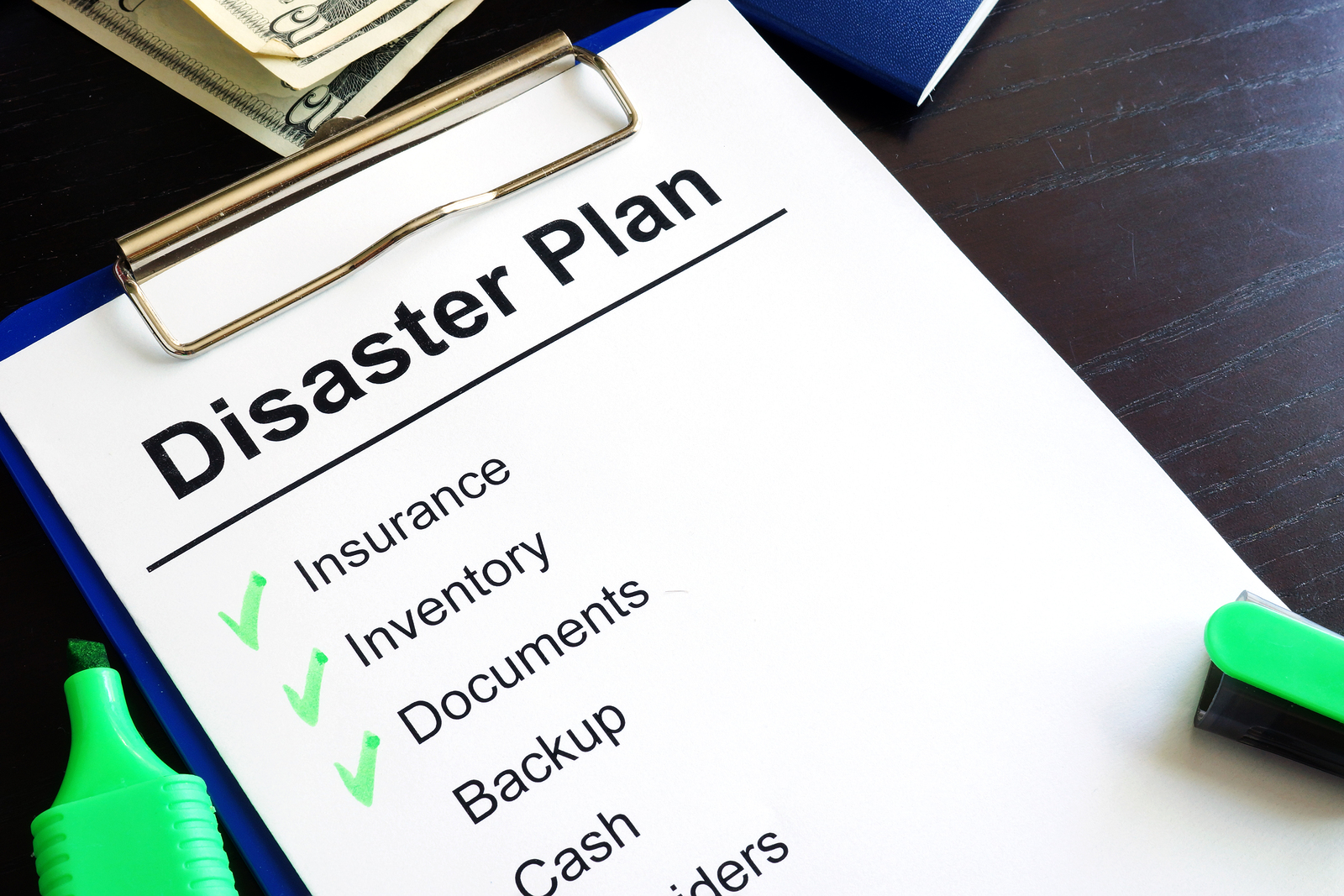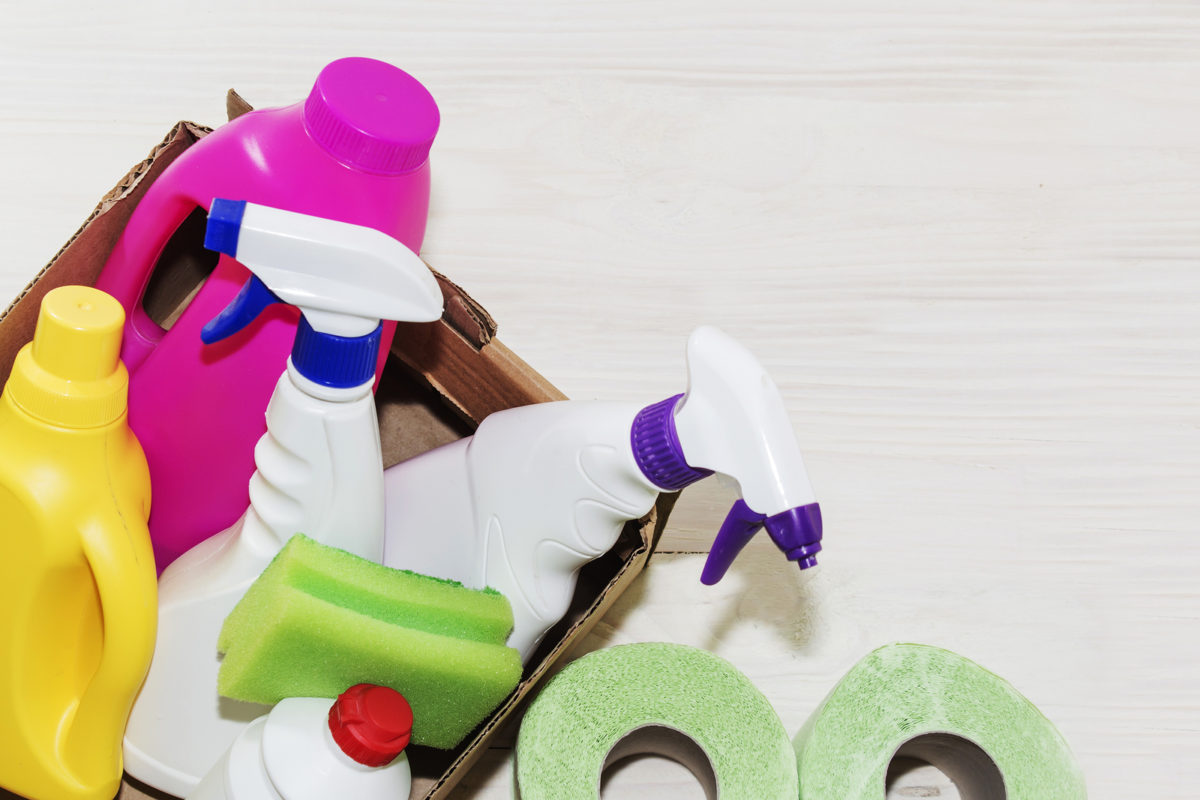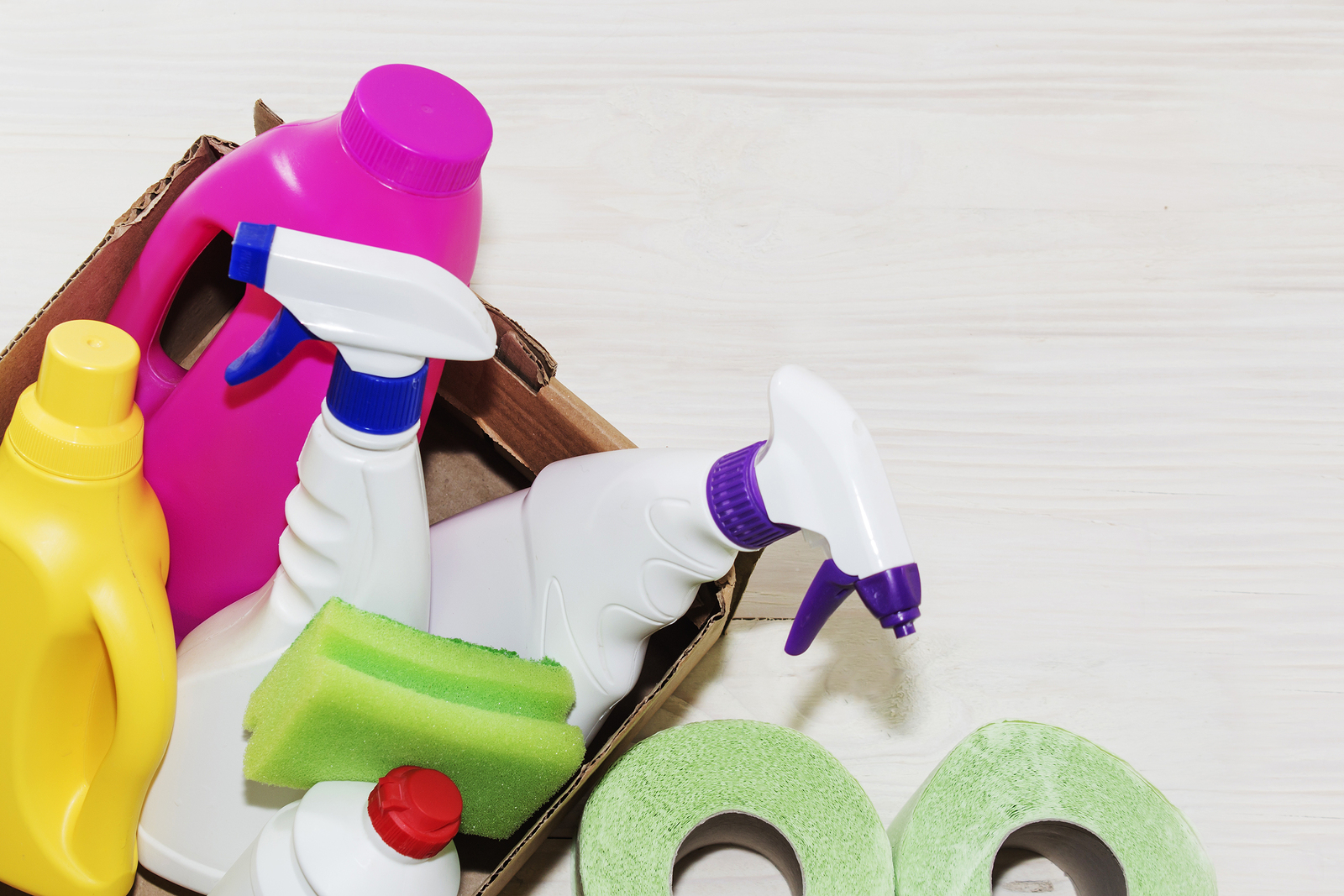While the average nationwide cost to replace a roof is $7,269, according to homeadvisor.com, costs vary by region, size of the roof and other factors. It’s a huge, expensive job, so it’s understandable that you want to hire the right roofer and get your money’s worth.
So, how do you find this Waldo of the contracting world? Short of a random choice from roofers you find online, we’ve come up with the questions you should ask and how to know you’re choosing the right one.
Common roofing scams
Roof repair and replacement are expensive jobs, so, naturally, the industry attracts its fair share of scammers. Part of your search for a contractor should include being aware of some of the more common scams and how to avoid becoming a victim.
One red flag is the roofer who asks for a down payment upfront, before starting the project. “The company will say it needs the down payment to buy materials or to pay for labor,” cautions Mike LaFollette at Angie’s List. He goes on to say that the scammer will convince the homeowner to sign over the insurance check.
Once they have that check in hand, they never return. Avoid becoming a victim by not paying a down payment until the materials are delivered to your home.
Be suspicious of the roofing door-to-door salesperson. Sure, there are plenty of reputable salespeople who go door-to-door to drum up business, but there are also a lot of bad apples in the bunch.
These folks typically show up in neighborhoods after a storm, which is how they earned their nickname: Storm Chasers.
They’ll use high-pressure tactics (and quote ridiculously low prices) to get the homeowner to sign a contract. The work is typically shoddy and the homeowner has no recourse, as the roofer is chasing storms in another state by the time any problems come to light.
Thoroughly vet any company you’re considering using. Ask for the company’s physical address and then visit the business in person. Avoid any roofing company that only uses a post office box as an address.
How to find a reputable roofing contractor
If you have a general contractor among your family or circle of friends, neighbors and colleagues, he or she may be able to refer you to a good roofer.
If that fails, check the National Roofing Contractors Association website, for members in your area. When you have several names, contact each roofer and request a bid.
- Ask each interviewee for a copy of his or her business license and tax identification number. This will help assure that the roofer is a legitimate business person.
- Then, ask to see a copy of the company or roofer’s workers’ compensation and liability insurance coverage.
- Ask for the names and phone numbers of past clients, then call them.
- Get the proposal in writing and ensure that descriptions of all work to be performed are complete and include the date the job will begin and end and that payment details are clearly spelled out.
- Check the Better Business Bureau website to see if any complaints have been filed against the roofer.
- Ask for a copy of the company’s warranty and read it carefully or have your attorney read it.
- An extremely low price should set off alarm bells.
